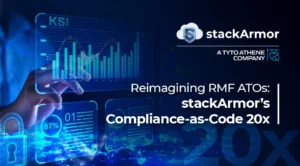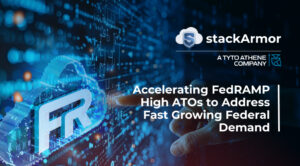Enterprises, SaaS platform operators and start-ups are rapidly accelerating consumption of AWS cloud services. As the cloud workloads start to pile up and more developers start to get access to AWS accounts and services, the ability to manage costs gets harder. Product and project managers often struggle to implement effective cloud cost governance across large distributed teams. Luckily Amazon Web Services (AWS) offers a number of business and technology tools to help manage costs.
Business Solutions for AWS Cloud Cost Management
1) AWS Enterprise Discount Program (EDP): The AWS EDP program is great for large enterprises with significant AWS consumption spend. In return for enterprise level consumption commitments, customers get discounted pricing.
2) Reserved Instances (and its variations): Once organizations stabilize in their cloud consumption patterns and understand instance types, families and regions, there is an opportunity to reduce the per unit cost using Reserved Instance pricing models. In return for a commitment and upfront payment over a 1 or 3 year term, organizations can get lower per unit pricing. Other options like spot pricing, purchasing instances from the marketplace are relatively advanced strategies organizations can use.
3) Value-Added Reseller (VAR) Programs: AWS has designated value-added resellers that offer discounts to help drive consumption and manage billing for customers. Many organizations have the mistaken notion that if they go direct or swipe their credit card they will get the best pricing. Just like any other large enterprise IT service distribution model, AWS cloud is offered through a reseller like stackArmor and can help you dramatically lower your monthly bill. Additionally, it can help you with additional promotional discounts, solution acceleration funding and advocacy on your behalf.
Technical Solutions for AWS Cloud Cost Management
1) Using AWS Trusted Advisor for Utilization Monitoring: AWS Trusted Advisor provides detailed information on cost optimization opportunities including identifying low cpu utilization instances etc.
2) Instance Scheduling: Implement the AWS instance scheduler if your compute needs have a specific time-based usage pattern. This allows you to take advantage of the pay as you go model.
3) AWS Cost Explorer and Usage Reports: AWS offers a number of billing and monitoring services like Cloud Explorer as well as Cloud Usage Reports (CUR). This typically requires a billing or usage analyst to perform the monitoring functions.
Practical Challenges for Cloud Cost Management
While all of the tools and strategies described above provide key structural elements for driving cloud cost optimization they are of limited use for cloud utilization optimization. How do you detect and prevent waste? Most organizations fail to distinguish between cloud cost optimization and cloud utilization optimization. Cloud cost optimization is generally focused on reducing the “per unit cost of consumption” and project managers are fixated on their monthly bill. Optimization strategies purely focused on cost can lead to strategic mistakes like overbuying reserved instances. How do you know what your optimal cloud consumption should be in the first place? How much idle capacity do you have?
We at stackArmor have developed stackArmor OpsAlert to help cloud consumers to gain actionable insights into their consumption pattern. Based on our experience in AWS cloud migrations, managed services and managed security services, we believe that strong cloud governance is critical for organizations to truly reap the cloud dividend. Metrics like the Cloud Idle Score and Cloud Idle Cost can help drive change in organizational behavior and help Product managers drive down accountability using simple and powerful metrics that everyone can understand. Interested in a free demo? Contact us by filling out the form here or sending us an email at solutions at stackArmor dot com.


